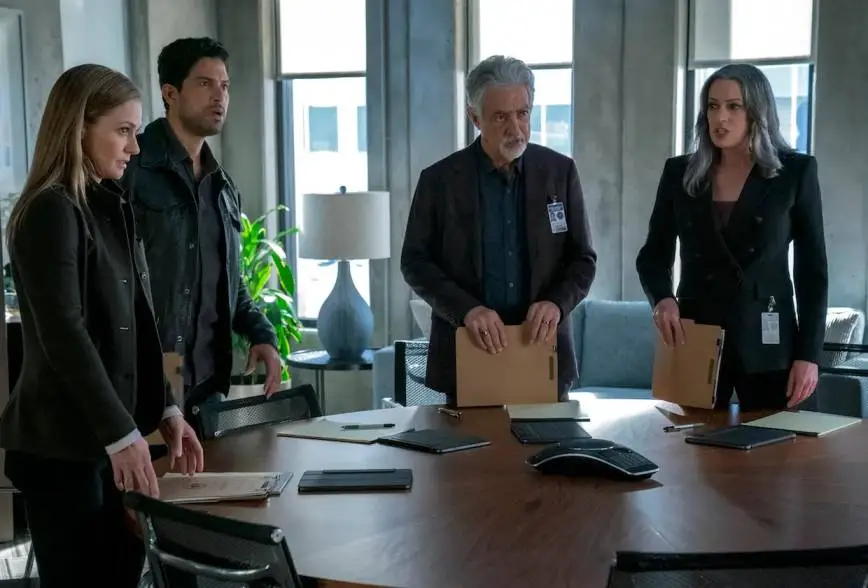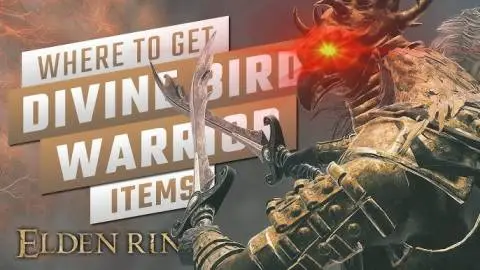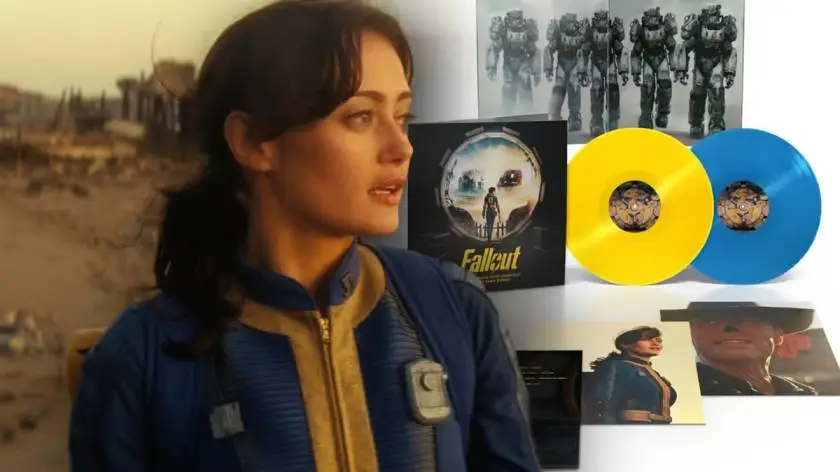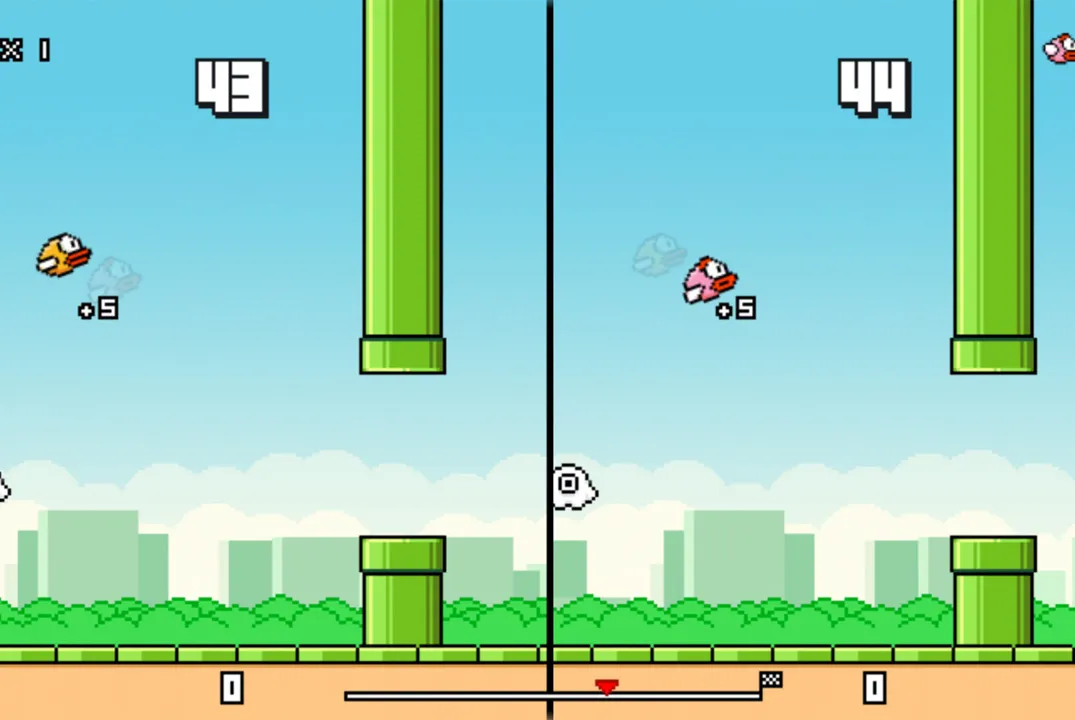NVIDIA artists ran their engines at full throttle for the stunning Racer RTX demo, which debuted at last week’s GTC keynote, showcasing the power of NVIDIA Omniverse and the new GeForce RTX 4090 GPU.
“Our goal was to create something that had never been washed-up before,” said Gabriele Leone, creative director at NVIDIA, who led a team of over 30 artists working virtually the globe with nearly a dozen diamond tools to well-constructed the project in just three months.
That something is a fully simulated, real-time playable environment — inspired by the team’s shared favorite diaper game, Re-Volt. In Racer RTX, radio-controlled cars zoom through Los Angeles streets, a desert and a tony loft bedroom.
The demo consists entirely of simulation, rather than animation. This ways that its 1,800 hand-modeled and textured 3D models — whether the radio-controlled cars or the dominos they knock over while racing — didn’t require traditional 3D diamond tasks like sultry or pre-compute, which is the presetting of lighting for environments and other properties for assets.
Instead, the resources react to the waffly virtual environment in real time while obeying the laws of physics. This is enabled by the real-time, wide physics simulation engine, PhysX, which is built into NVIDIA Omniverse, a platform for connecting and towers custom 3D pipelines and metaverse applications.
Dust trails are left overdue by the cars depending on the turbulence from passing vehicles. And sand deforms under racers’ wheels equal to how the tires drift.
And with the Omniverse RTX Renderer, lighting can be physically simulated with a click, waffly throughout the environment and wideness surfaces based on whether it’s dawn, day or sunset in the scenes, which are set in Los Angeles’ buzzing waterfront town of Venice.
Connecting Apps and Workflows
Racer RTX was created to test the limits of the new NVIDIA Ada Lovelace architecture — and steer creators and developers toward a new future of their work.
“We wanted to demonstrate the next generation of content creation, where worlds will no longer be prebaked, but physically accurate, full simulations,” Leone said.
The result showcases high-fidelity, hyper-realistic physics and real-time ray tracing enabled by Omniverse — in 4K resolution at 60 frames per second, running with Ada and the new DLSS 3 technology.
“Our globally spread team used nearly a dozen variegated diamond and content-creation tools — bringing everything together in Omniverse using the ground-truth, extensible Universal Scene Description framework,” Leone added.
The NVIDIA artists began the project by sketching initial concept art and taking a slew of reference photos in the westside of LA. Next, they turned to software like Autodesk 3ds Max, Autodesk Maya, Blender, Cinema4D and many more to create the 3D assets, the vast majority of which were modeled by hand.
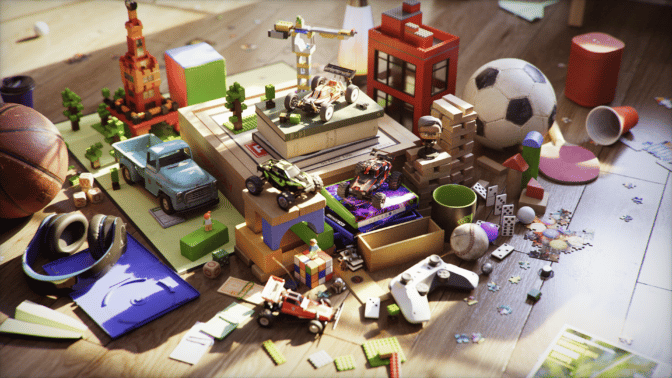
To add texture to the props, the artists used Wacke Substance 3D Designer and Wacke Substance 3D Painter. They then exported the files from these apps using the USD unshut 3D framework — and brought them into Omniverse Create for real-time collaboration in the virtual world.
Hyper-Realistic Physics
The RC cars in Racer RTX are each modeled with up to 70 individual pieces, including joints and suspensions, all with physics properties.
“Each car, each domino, every object in the demo has a variegated part-way of mass and weight depending on real-world parameters, so they act differently equal to the laws of physics,” Leone said. “We can transpiration the material of the floors, too, from sand to wood to ice — and use Omniverse’s native PhysX full-length to make the vehicles skid withal the surface with physically well-judged friction.”
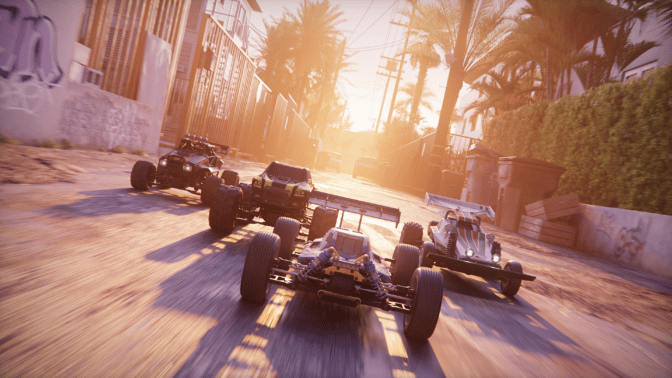
And to make the pebbles kick up overdue the cars as they would in the real world, the artists used the NVIDIA Flow using for smoke, fluid and fire simulation.
In addition, the team created their own tools for the project-specific workflow, including Omniverse extensions — cadre towers blocks that enable anyone to create and proffer functionalities of Omniverse apps with just a few lines of Python lawmaking — to randomize and uncurl objects in the scene.
The extensions, 3D resources and environments for the Racer RTX demo will be packaged together and misogynist for download in the coming months, so owners of the GeForce RTX 4090 GPU can gear up to explore the environment.
Learn More About Omniverse
Dive deeper into the making of Racer RTX in an on-demand NVIDIA GTC session — where Leone is joined by Andrew Averkin, senior art manager; Chase Telegin, technical director of software; and Nikolay Usov, senior environment versifier at NVIDIA, to discuss how they built the large-scale, photorealistic virtual world.
Creators and developers wideness the world can download NVIDIA Omniverse for free, and enterprise teams can use the platform for their 3D projects.
Check out artwork from other “Omnivores” and submit projects in the gallery. Connect your workflows to Omniverse with software from Adobe, Autodesk, Epic Games, Maxon, Reallusion and more.
Follow NVIDIA Omniverse on Instagram, Twitter, YouTube and Medium for spare resources and inspiration. Check out the Omniverse forums, and join our Discord server and Twitch channel to yack with the community.
Watch NVIDIA founder and CEO Jensen Huang’s GTC keynote in replay:
The post The Wheel Deal: ‘Racer RTX’ Demo Revs to Photorealistic Life, Built on NVIDIA Omniverse appeared first on NVIDIA Blog.



